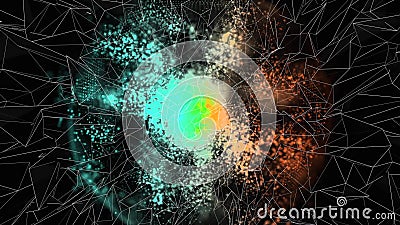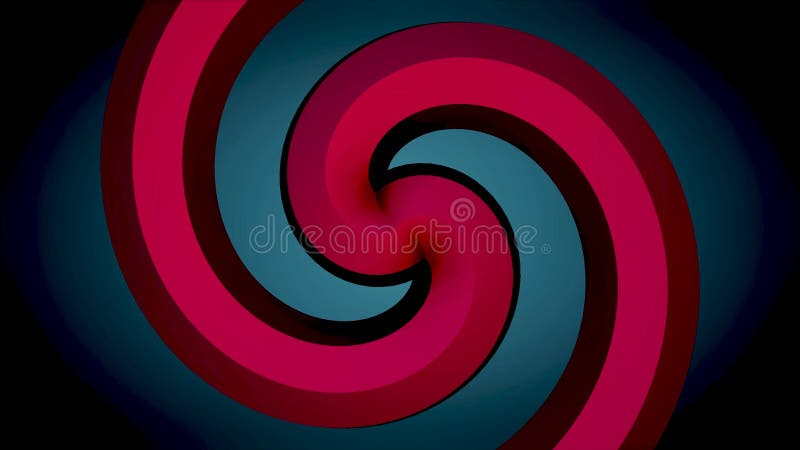


The distinction between animation and other techniques can be rather unclear in some films, for instance when moving objects could either be animated with stop motion techniques, recorded during their actual movement, or appear to move due to being filmed against a neutral background with a moving camera. Many abstract films have been made with animation techniques. They rely on the unique qualities of motion, rhythm, light and composition inherent in the technical medium of cinema to create emotional experiences. Abstract films are non-narrative, contain no acting and do not attempt to reference reality or concrete subjects.

Some films are very similar to electronic music visualization, especially when electronic devices (for instance oscilloscopes) were used to generate a type of motion graphics in relation to music, except that the images in these films are not generated in real-time.Ībstract film Opus IV, an absolute film from 1925Ībstract film or absolute film is a subgenre of experimental film and a form of abstract art. The history of abstract film often overlaps with the concerns and history of visual music. In her article "Visual Music" Maura McDonnell compared these films to musical compositions due to their careful articulation of timing and dynamics. These directors sought to use this to add a sense of motion and harmony to the images in their films that was new to cinema, and was intended to leave audiences in awe. Absolute film directors are known to use musical elements such as rhythm/tempo, dynamics, and fluidity. Music was an extremely influential aspect of absolute film, and one of the biggest elements, other than art, used by abstract film directors. Much of surrealist cinema can be regarded as non-narrative films and partly overlaps with the dadaist cinéma pur movement. The French term cinéma pur was coined to describe the style of several filmmakers in France in the 1920s, whose work was non-narrative, but hardly ever non-figurative.

More narrowly, "absolute film" was used for the works of a group of filmmakers in Germany in the 1920s, that consisted, at least initially, of animated films that were totally abstract. Terms such as absolute film, cinéma pur, true cinema and integral cinema have been used for non-narrative films that aimed to create a purer experience of the distinctive qualities of film, like movement, rhythm and changing visual compositions. Unconventional imagery, concepts and structuring can obscure the narrativity of a film. Although many abstract films are clearly devoid of narrative elements, distinction between a narrative film and a non-narrative film can be rather vague and is often open for interpretation. Narrative film also occasionally uses "visual materials that are not representational". While the non-narrative film avoids "certain traits" of the narrative film, it "still retains a number of narrative characteristics". Narrative film is the dominant aesthetic, though non-narrative film is not fully distinct from that aesthetic. It is usually a form of art film or experimental film, not made for mass entertainment. Non-narrative film is an aesthetic of cinematic film that does not narrate, or relate "an event, whether real or imaginary".


 0 kommentar(er)
0 kommentar(er)
